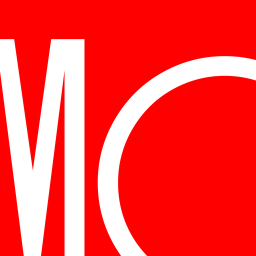JPMorgan Small Cap Growth Fund earns an Above Average Process Pillar rating.
The largest contributor to the rating is its parent firm's superior long-term risk-adjusted performance, as shown by the firm's average 10-year Morningstar Rating of 3.3 stars. The parent firm's five-year risk-adjusted success ratio of 55% also bolsters the process. The measure indicates the percentage of a firm's funds that survived and outperformed their respective category's median Morningstar Risk-Adjusted Return for the period. Their relatively high success ratio suggests that the firm does well for investors and that this fund may benefit from that. Lastly, the process is limited by the number of months that the management team has been running this vehicle together.
This strategy is similar to its Small Growth category peers in terms of market-cap and style exposure. Analyzing additional factors, this fund has constantly tilted toward stocks with higher trading volumes than its Morningstar Category Peers over the past few years. More-liquid assets are easier to buy and sell without adversely moving their prices and tend to provide some ballast during market selloffs. They also are easier to sell to meet redemptions if a host of investors decide to leave the fund in a short period of time. In recent months, the strategy was more exposed to the Liquidity factor compared with its Morningstar Category peers as well. This strategy has also favored low-quality stocks. This means the fund avoids holding companies that are consistently profitable, growing, and have solid balance sheets. Lacking this ballast, the fund's prospects could rest on its ability to surpass peers during economic booms. Similarly, in recent months, the strategy also had less exposure to the Quality factor than peers. In addition, this strategy has exhibited a tilt toward higher-volatility stocks in these years, meaning companies that have a higher historical standard deviation of returns compared with peers. This orientation tends to pay off most prominently when markets are hot. In this month, the strategy also had more exposure to the Volatility factor over its peers. More information on a fund and its respective category's factor exposure can be found in the Factor Profile module within the Portfolio section.
The portfolio is overweight in technology by 5.4 percentage points in terms of assets compared with the category average, and its consumer cyclical allocation is similar to the category. The sectors with low exposure compared to category peers are financial services and communication services, with financial services underweighting the average portfolio by 4.9 percentage points of assets and communication services similar to the average. The portfolio is composed of 136 holdings and is less top-heavy than peers. Specifically, 17.6% of the strategy's assets are concentrated within the top 10 fund holdings, as opposed to the category average's 26.1%. And finally, in terms of portfolio turnover, this fund trades less frequently than the category’s average, potentially limiting costs to investors.

